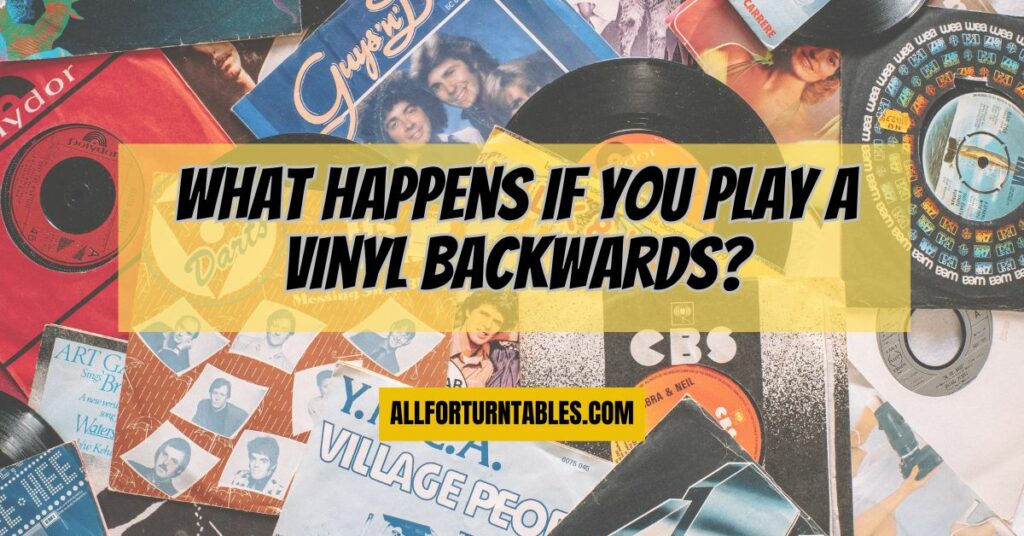Vinyl records, with their tactile charm and analog warmth, have been captivating music enthusiasts for generations. One curious aspect of vinyl that has fueled speculation and fascination over the years is the idea of playing records backward. What happens when you spin a vinyl record in reverse? In this comprehensive article, we’ll explore the myths, realities, and the science behind playing vinyl records backward, delving into the historical context, the techniques involved, and the potential hidden messages that have sparked the imaginations of many.
The Backward Playback Phenomenon
The notion of playing records backward gained notoriety during the 1960s and 1970s when rumors circulated about hidden messages, often associated with rock bands. These rumors led to speculation that certain artists were embedding secret, subliminal, or even satanic messages in their music when played backward. While such claims were often sensationalized and unsubstantiated, they became a part of pop culture and spurred countless investigations into vinyl’s backward playback phenomenon.
The Science of Reverse Playback
Before we delve into the myths and legends, let’s understand the science of reverse playback:
- Groove Direction: Vinyl records contain spiral grooves that spiral inward from the outer edge toward the center. To play a record backward, the stylus (needle) must track these grooves in the opposite direction, moving from the center to the outer edge.
- Motor Reversal: Most turntables are not designed for reverse playback. To achieve this, some turntables require modifications, such as a reversible motor. Reversing the motor changes the direction in which the platter spins.
- Manual Rotation: In the absence of a reversible motor, some enthusiasts resort to manually rotating the record in reverse. This method is less precise and may result in inconsistent playback.
Debunking the Myths
Now, let’s address some of the myths and misconceptions surrounding backward playback:
- Hidden Messages: The notion that artists embed hidden messages in their music when played backward has largely been debunked. While there are instances of artists deliberately including reversed audio for artistic effect, these are typically evident when played forward and are not subliminal or nefarious.
- Satanic Backmasking: Claims of satanic backmasking in music are widely considered urban legends with no credible evidence. The fear of backward-played music hiding satanic messages became a media sensation but remains largely baseless.
- Musical Reversal: Some artists have experimented with backward-played segments in their music, often for creative or artistic reasons. These segments are not hidden messages but rather an aspect of the musical composition itself.
Creative Use of Reverse Playback
Despite the myths, reverse playback can be used creatively in music production. Some artists incorporate backward-played sections or effects to add a unique sonic texture to their compositions. When done intentionally and artistically, reverse playback can enhance the overall listening experience.
In summary, playing a vinyl record backward involves reversing the direction of the stylus or the turntable’s motor. While it has been the subject of myths and legends, claims of hidden messages or satanic backmasking remain largely unfounded. The creative use of reverse playback in music production is a legitimate and artistic choice, but it should not be mistaken for subliminal messages.
Exploring the enigma of reverse playback can add an intriguing layer to your vinyl experience, whether you’re examining the unique audio effects or appreciating the creative decisions of artists. While the mysteries and myths may have been debunked, the allure of vinyl’s backward playback continues to captivate those with a curious ear for music.


